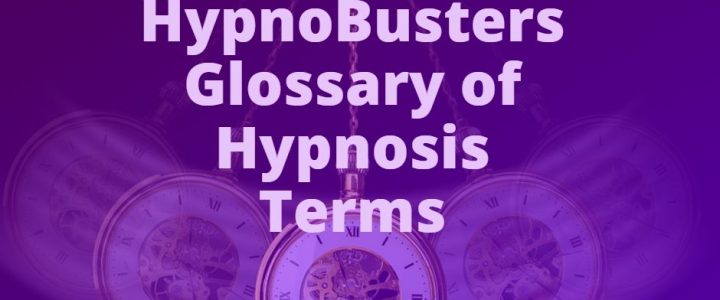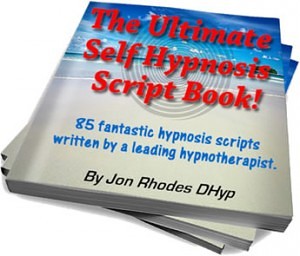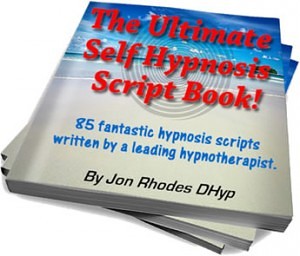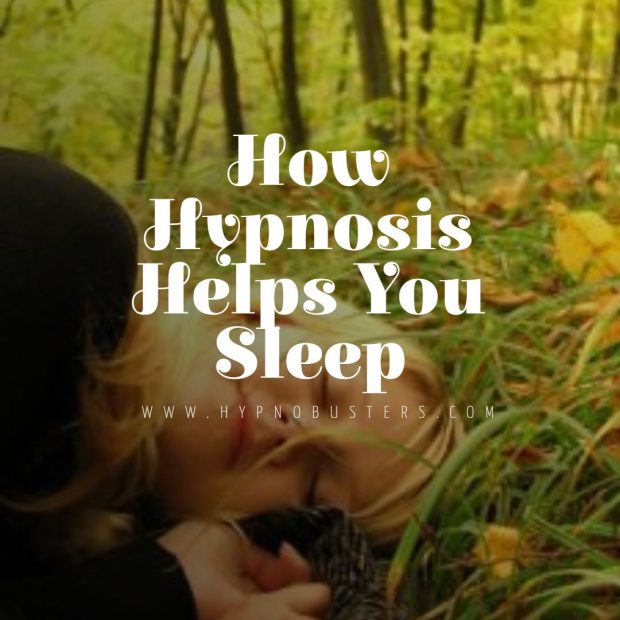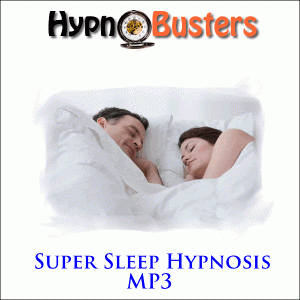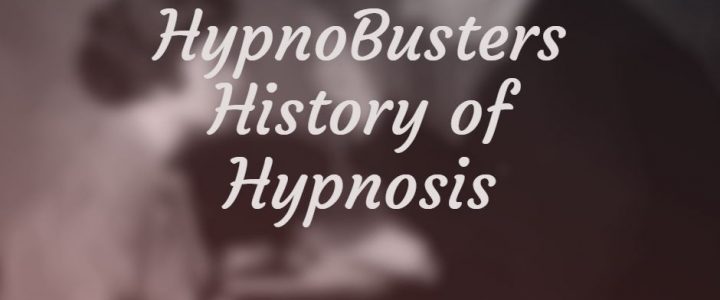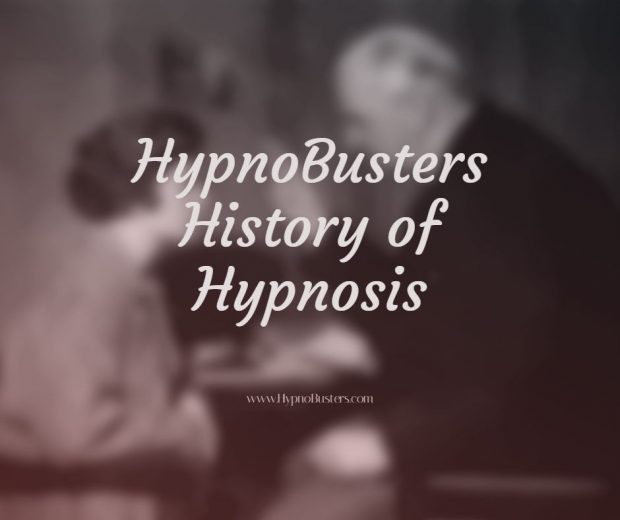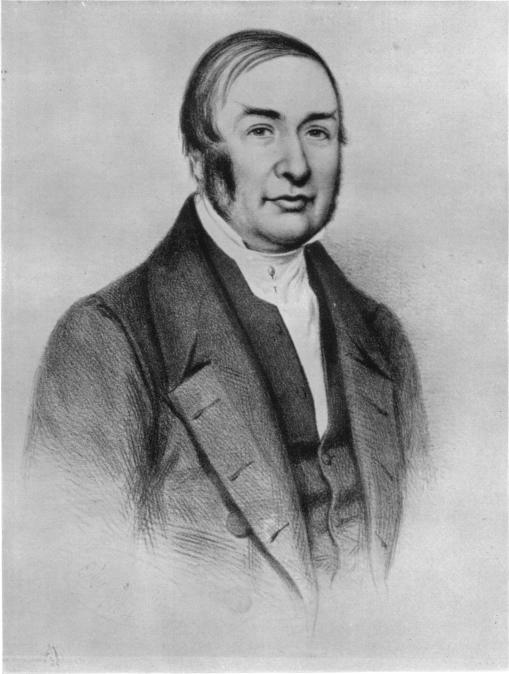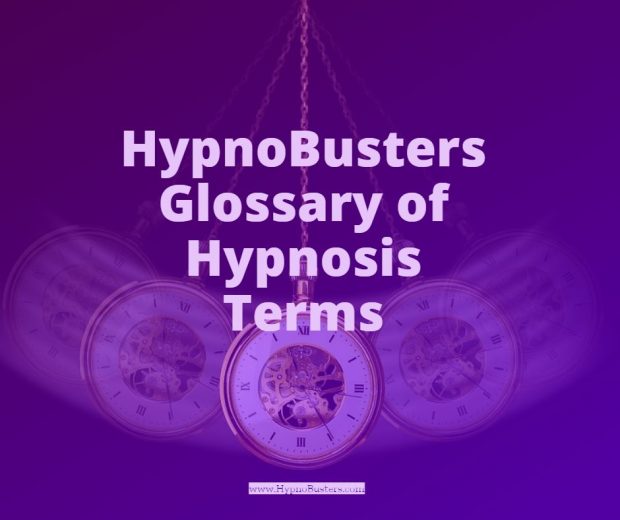 Here is my BIG hypnosis glossary of hypnosis terms. Learn and enjoy my hypnosis glossary!
Here is my BIG hypnosis glossary of hypnosis terms. Learn and enjoy my hypnosis glossary!
Expand your world and learn therapeutic hypnosis tactics with my Ultimate Hypnosis Script Book.
Abreaction – An involuntary release of emotion, often related to a negative experience in the client’s past, which releases pent-up feelings and can provide relief from the earlier trauma.
Affect Bridge – A technique hypnotherapists use to access a previous instance of a patient’s problem by accentuating the disturbing feelings in the present. This allows their current adult resources to resolve the source of the problem.

Jon Rhodes
Age Progression – Also known as FUTURE PACING, involves suggesting the client imagines themselves in the future.
Age Regression – The hypnotherapist suggests the subject imagines a particular time or event of their past, regressing them to an earlier age.
Alpha Waves – This is the slow brainwave activity of hypnosis. It is also known as hypnoidal. Alpha is slower (deeper) than Beta, the awake state, and faster than Theta, which is a deeper hypnotic state. It occurs at 7-14 waves per second.
Analgesia – Removal of all perception of pain.
Anchor – A specific stimulus such as a word, image or touch that through association evokes a particular mental, emotional, or physiological state.
Amnesia – Forgetting events. Some people who have a talent for achieving deep states of trance may have spontaneous amnesia for the session. A hypnotherapist can give a post-hypnotic suggestion to forget what has been discussed during the hypnotherapy.
Anaesthesia – Removal of feeling or creating numbness in a specific area.
Association – A process by which a subject comes to respond in a desired manner to a previously neutral stimulus. This is achieved by repeatedly presenting it along with a stimulus that elicits the desired response. This is also known as Pavlovian conditioning. Pavlov fed dogs at the sound of a bell. The dogs soon began salivating at the sound of the bell.
Auto Dual – When a hypnotherapist gives suggestions in the first person, and the client repeats those suggestions, either out loud or internally.
Auto Hypnosis – Hypnotising yourself. More commonly known as SELF-HYPNOSIS.
Auto Suggestion – Giving suggestions to yourself. This is also known as SELF-TALK. Although it does not involve a formal trance, these messages are absorbed by the unconscious mind. Always aim to give yourself positive self talk, and encourage you clients to do the same, for this reason.
Aversion Therapy – Giving your client suggestions that focus on negative aspects of a habit. E.g. Feeling sick when smoking, or associating a bad taste when nail biting.
Auto Dual Induction – An induction usually given to ‘Intellectual Suggestibles’, where the patient believes they are hypnotizing themselves. While feeling their own pulse, the patient repeats what the hypnotherapist is saying.
Beta – Normal waking brain wave activity.
Body Syndrome – A physical manifestation of an emotional trauma. An unreleased, repressed emotion can be expressed in physical discomfort.
Cataleptic – A state in which the subject appears unconscious yet their muscles become rigid, and remain in whatever position they are placed. Hypnotists sometimes use this as a proof to a client that she is in hypnosis.
Clinical Hypnotherapy – the therapeutic use of hypnosis.
Compound Suggestions – A technique used for increasing the effectiveness of a suggestion through repetition or looping. E.g. “Your right foot is relaxed and as your right foot relaxes your calf is relaxed and as your foot and calf relaxes your leg muscles relax…”
Conscious – The logical, reasoning, decision making part of the mind. The conscious state is that which we use in our normal waking state. This part makes up less than 5% of total mind.
Critical Factor – The divider and regulator between the conscious and unconscious minds. This works as a filter taking information from the conscious, deciding what information should be accepted and stored in the unconscious, and what should be forgotten and discarded. This is thought to take place during sleep, and may be the reason why we ‘sleep on’ a particular problem, and feel better about it in the morning.
Deepener – A technique used to deepen the level of hypnotic trance. There are many techniques, such as going down stair cases, deep breathing etc.
Delta – The slowest and deepest brain wave activity. This happens during sleep, and the deepest levels of hypnosis.
Direct Suggestion – Giving a direct suggestion to do something, as opposed to a covert suggestion.
Dissociation – A ‘splitting off’ of the self so as to protect the mind from something undesirable. A hypnotised client can then distance himself from an otherwise disturbing event. This is commonly achieved by suggesting that the client can see themselves in the third person – often on a TV or cinema screen.
Double Bind – When a subject is given two alternative suggestions within a sentence, they will more
likely respond to the stronger suggestion.
Ego – The part of you that decides how you will react to your environment and situations within your environment.
Ego Boost – A hypnosis session that aims to give general feelings of calmness and well being. Ideal first session for most therapies.
Ericksonian Hypnosis – A branch of hypnosis named after Milton Erickson.
Esdaile State – This is thought to be the deepest state of hypnosis currently known. It was named after James Esdaile. The state is said to be extremely peaceful and deeply relaxing.
Eye Accessing Cues – Studying the movements of the eyes which indicate visual, auditory or kinesthetic thinking when moving in certain directions.
Eye Fixation – An induction which involves staring at something, such as your hand or a swinging watch.
Forensic Hypnosis – Legal applications of hypnosis. Although hypnosis cannot be used for testimony, it is sometimes used by police to gather evidence by improving the recall of witnesses.
Fractionation – Bringing a client in and out of hypnosis during the session either as an induction or to deepen the level of hypnosis. This is often used with clients that are a little nervous of the hypnotic process.
Gestalt Therapy – Therapy involving role play.
Glove Anaesthesia – A technique whereby the hypnotherapist numbs the hand by giving suggestions that it feels numb like wearing a leather glove when touched. This numbness can then be passed on to another area of the body.
Hartland’s Ego Strengthening Script – The first ego boosting script which, although still useful, is generally thought to be out dated.
Hypnoanalysis – Using hypnosis to get to the root of an issue.
Hypnobirthing – The use of hypnotherapy to aid in a painless, yet drug free or drug reduced birth.
Hypnogogic – The state where a person is going into a hypnotic trance.
Hypnoidal – A light trance state.
Hypnopompic – The state where a person is leaving a hypnotic trance.
Hypnosis – The act of introducing a person into a hypnotic trance. Hypnosis is like daydreaming – a form of relaxed concentration. Definitions of hypnosis vary, and there is no single accepted definition.
Hypnosis Download – Where a pre made hypnosis session can be instantly downloaded from a computer, usually for the purposes of therapy.
Hypnotherapist – One who performs hypnosis for therapy; a specialist in hypnotherapy.
Hypnotherapy – Hypnotising someone and then using psychotherapeutic techniques for the goal of positive change.
Hypnotic Trance – A state of (usually) relaxed, yet focused awareness.
Hypnotic Tunnel – Using the same words, phrases and speech patterns as your client.
Hypnotisability – A person’s individual susceptibility to hypnosis.
Hypnotism – An earlier word for “hypnosis.”
Ideo Motor Response (IMR) – Involuntary unconscious physical movement. This is commonly used to communicate with the unconscious mind e.g. “Raise the left index finger for yes, raise the right index finger for no.”
Indirect Suggestion – Using permissive suggestions such as “Whenever you wish, you may allow your eyes to close”.
Induction – The process of guiding someone into hypnosis.
Initial Sensitizing Event (ISE) – The original memory responsible for causing the symptoms in which the client is suffering from.
In Vitro – In reality.
In Vivo – In the mind.
Law Of Compound Suggestions – It uses the idea that a first suggestion is weak; a second suggestion strengthens the first; and a third suggestion strengthens the second, which in turn strengthens the first, and so on.
Minds Eye Deepener – A deepener which suggests that your mind also has an eye which can close, causing a deep state of relaxed concentration.
Mirroring – A hypnotherapist might align himself in a similar position or posture as the subject order to establish rapport.
Modelling – Studying and imitating the behavior of others who excel in order to try and replicate their success. This provides the basis for Neuro-Linguistic Programming (NLP).
Negative Hallucination – When a hypnotised person cannot see what is really there.
Neuro Pathways – These pathways within our mind are created with every thought and new memory we have.
Pacing – Mirroring someone’s posture, behavior, and/or language in order to help build rapport.
Parts Therapy – A therapy in which specific egos or personalities within the unconscious are addressed and worked with.
Past-life Regression – Taking one through the memories and events of their possible past-lives. It is open to debate as to whether these are actually past lives or created metaphorically in the mind. What is known is that these past-lives have proven useful in therapy for many clients of hypnotherapy.
Patter – Refers to the form of speech that the hypnotherapist will use whilst communicating with the subject during a hypnotic trance.
Positive Hallucination – When a hypnotised person sees what is not really there.
Post Hypnotic Suggestion – A suggestion made while a person is in hypnosis to be acted upon after the session. This may include stopping smoking, exercising more etc.
Pre-Induction – The interview which takes place before the actual trance work. This time is usually spent gaining rapport and easing any concerns the patient might have.
Progressive Relaxation – A technique used to progressively relax the entire body by focusing on isolated areas, and then relaxing them.
Rapid Reactional Hypnosis – When a person is taken in and out of a hypnotic trance to accomplish a much deeper state of hypnosis.
Rapport – Refers to the communication between the hypnotist and the subject before trance work has commenced. A good sense of rapport between the client and the hypnotherapist is essential for a successful hypnosis session, since the client may otherwise resist the therapy.
Reframing – This is often used during age regression or parts therapy, when a past event is altered to release emotional trauma.
Resistance – A clinical hypnotherapist cannot force a subject into a hypnotic state, and so a patient is said to be in a state of resistance if they block the hypnotherapists suggestions.
Script – A pre-written script of what a hypnotherapist will say during trance work. These are usually adapted to take into account the individuality of the client, and their particular goals.
Secondary Gain – Where a seemingly negative or problematic behavior actually carries out some positive function. For example putting on weight may help a person who has commitment issues and does not want to attract a mate.
Self Hypnosis – Where you guide yourself through a hypnotic trance without the aid of a hypnotherapist.
Somnambulism – A deep state of trance.
Stage Hypnotist – A hypnotist who performs hypnosis for the purpose of entertainment.
Staircase Deepener – A hypnotherapist deepens a trance by guiding the subject down a staircase, suggesting that they get deeper relaxed with each step down.
Unconscious – The part of the mind that holds our beliefs, morals, habits, addictions, memories, etc. The unconscious makes up over 95% of the total mind, making it far superior to the conscious mind.
Symptom Producing Event – The event that triggered the symptoms the client is currently suffering from.
Symptom Substitution – Swapping or replacing one symptom for another.
Systematic Desensitisation – The use of imagery in a systematic way to help desensitise someone from an anxiety or phobia by gradually taking them through greater anxiety provoking situations.
Time Distortion – A characteristic effect of being in hypnosis. Time can be subjectively experienced as longer or shorter than usual. Often a subject comments that a session felt shorter than it actually was.
Under – How lay people often describe hypnosis. This should be discouraged as it implies that the hypnotherapist has complete control over the subject.
Yes Set – Asking several questions where you know the answer will be ‘yes’, in order to help convince the subject to agree to a suggestion by getting him in a ‘yes’ mode of thinking.
I hope you found my glossary of hypnosis terms helpful. If you would like to learn MUCH more about hypnotherapy, I have created a script book with over 100 scripts, PLUS a bonus free gift…
Please CLICK HERE For More Details Of My Ultimate Self Hypnosis Script Book

